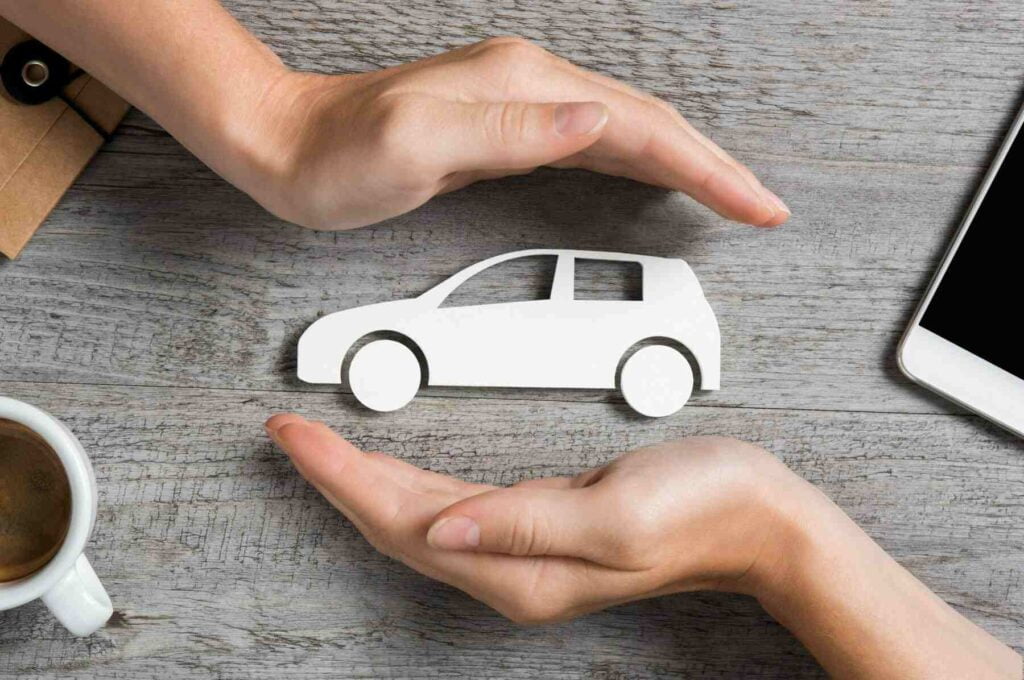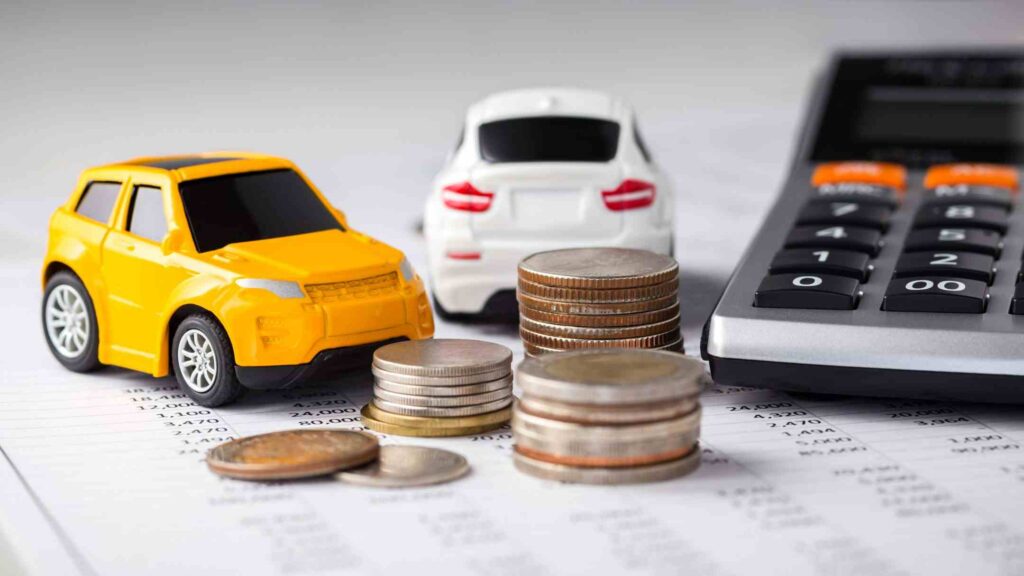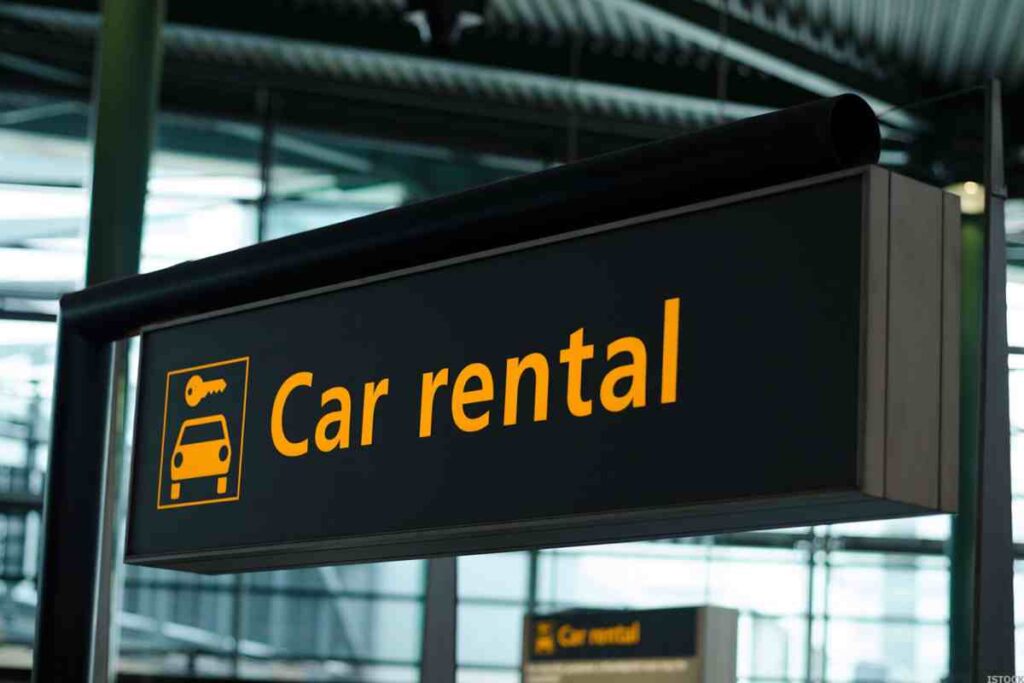Buying a used car can be an exciting venture. The thrill of finding a vehicle that fits your needs and budget, the negotiation process, and finally, the satisfaction of driving home in your ‘new-to-you’ car. But amidst all this excitement, there’s one crucial aspect that often gets overlooked – car insurance. Many prospective car owners wonder, ‘Do I need insurance before I buy a used car?’ The answer is a resounding yes. This article aims to shed light on the importance of having car insurance in place before you make that purchase, the legal implications of driving uninsured, and how to navigate the process of acquiring insurance for your used car. So, buckle up as we drive you through this essential guide.
Understanding Car Insurance

Car insurance is a contract between you and an insurance company. You agree to pay a premium, and in return, the insurance company agrees to pay for certain car-related financial losses or expenses during the term of the policy. Here’s a breakdown of the key components:
- Liability Insurance: This covers the costs of injuries or property damage you cause to others in an accident. It’s typically required by law.
- Collision Insurance: This pays for damage to your car from an accident, regardless of who’s at fault. If your car is financed, your lender may require this.
- Comprehensive Insurance: This covers damage to your car from non-collision events, such as theft, vandalism, fire, natural disasters, and hitting an animal.
- Uninsured/Underinsured Motorist Insurance: This covers your costs if you’re in an accident caused by a driver who has no insurance or not enough insurance.
- Medical Payments/Personal Injury Protection: This covers the treatment of injuries to the driver and passengers of the policyholder’s car.
- Gap Insurance: If your car is totaled or stolen, this covers the difference between what your car is worth and what you still owe on it.
- Rental Reimbursement: This coverage helps pay for the cost of renting a car while your vehicle is being repaired due to a covered accident.
- Towing and Labor Coverage: This type of insurance covers the cost of towing your vehicle to a repair shop and sometimes covers roadside assistance services like changing a flat tire or jump-starting a dead battery.
- Custom Parts and Equipment Coverage: If you’ve added custom parts or equipment to your vehicle, this coverage will pay for their repair or replacement if they’re damaged in a covered accident.
Remember, the specifics of what’s covered can vary based on the insurance company and the individual policy. Always read your policy carefully to understand what’s covered, what’s not, and what your deductibles are.
Why Insurance is Important
Car insurance is crucial for several reasons:
- Financial Protection: If you’re involved in an accident, the cost of damages can be substantial. Car insurance can cover these costs, protecting you from significant financial loss.
- Legal Requirement: In many places, having at least some form of car insurance is a legal requirement. Driving without it can result in fines, license suspension, or even jail time.
- Protection Against Liability: If you’re at fault in an accident, you could be held responsible for medical bills or property damage of the other party. Liability coverage can protect you in such situations.
- Peace of Mind: Knowing you’re covered in case of an accident can give you peace of mind. You can drive knowing that you’re protected against unforeseen circumstances.
- Coverage for Repairs: Car insurance can cover the cost of repairs after an accident or event like a fire or vandalism.
- Protection Against Uninsured Drivers: If an uninsured driver hits you, uninsured motorist coverage can help cover the costs.
Remember, while it might seem like an unnecessary expense, especially if your car is older, the potential costs of not having it can be much higher. It’s always better to be safe than sorry.
Insurance Requirements
In the United States, the legal requirements for car insurance vary by state, but there are some common elements that you should be aware of:
- Liability Insurance: Most states require a minimum level of liability insurance. This covers costs associated with damage or injury to others if you’re at fault in an accident.
- Proof of Insurance: You must carry proof of insurance in your vehicle at all times. Some states now accept electronic proof of insurance.
- Minimum Coverage Limits: States typically have set minimum coverage limits for bodily injury per person, per accident, and for property damage. For example, a common coverage limit is $100,000 for bodily injury per person, $300,000 for bodily injury per accident, and $100,000 for property damage.
- No-Fault Insurance: Some states have no-fault insurance laws, requiring your insurance to pay for your injuries or damage regardless of who’s at fault in an accident.
- Uninsured/Underinsured Motorist Coverage: About half of the states require this type of coverage, which protects you if you’re involved in an accident with someone who doesn’t have insurance or doesn’t have enough insurance.
- Personal Injury Protection (PIP): In states with no-fault laws, PIP coverage is often required. It covers medical expenses and, in some cases, lost wages and other damages.
- Penalties for Non-Compliance: Driving without insurance can result in fines, license suspension, and even vehicle impoundment.
It’s important to check with your state’s Department of Motor Vehicles (DMV) or insurance commissioner’s office for specific requirements as they can differ significantly from one state to another. Always ensure you meet or exceed the minimum legal requirements to protect yourself legally and financially.
Buying Insurance for a Used Car

When buying insurance for a used car, there are several steps you should consider:
- Research and Compare Quotes: Start by getting quotes from multiple insurance companies. This will give you a range of prices and coverages to consider. Be sure to compare the same types of coverage across different insurers to get an accurate comparison.
- Understand the Coverage: Understand what each part of the policy covers. This includes liability, collision, comprehensive, uninsured/underinsured motorist, and medical payments coverage. Each of these coverages protects you in different scenarios and it’s important to understand what they are.
- Determine Your Needs: Consider your own needs and financial situation. If your used car is older and not worth much, you might decide to skip certain coverages like collision or comprehensive insurance. However, keep in mind that this means you’ll have to pay out of pocket for any damages to your car.
- Understand How Premiums Are Calculated: Many factors can affect your insurance premium, including your driving record, age, location, and the make, model, and age of the car. Insurance companies also consider the likelihood of a claim being made when determining your premium.
- Choose a Deductible: Your deductible is the amount you pay out of pocket before your insurance coverage kicks in if you make a claim. A higher deductible usually means a lower premium, but it also means you’ll pay more out of pocket if you have an accident.
- Purchase the Policy: Once you’ve chosen a policy, you can usually purchase it online or over the phone. You’ll need to provide information about yourself and your car, and you’ll need to pay your first premium.
As for when to buy insurance, it’s generally a good idea to have insurance in place before you drive the used car off the lot. This is because most states require car insurance to legally drive. If you’re buying from a dealership, they will likely require proof of insurance before they let you drive away. If you’re buying from a private seller, you should still get insurance before you start driving the car to protect yourself financially in case of an accident. Remember, driving without insurance can result in significant fines and penalties. It’s always better to be safe than sorry.
Insurance and Financing
When you’re financing a used car, insurance plays a crucial role. Here are some key points to consider:
- Full Coverage Requirement: Most lenders require full coverage insurance for the duration of the loan. This means you’ll need not only liability insurance, which covers damage you cause to others, but also collision and comprehensive insurance, which covers damage to your vehicle.
- Lender as Loss Payee: The lender may require to be listed as the loss payee on the policy. This means that if the car is damaged, any insurance payouts would go to the lender first to pay off the loan.
- Gap Insurance: Consider gap insurance if you’re financing a significant amount. If your car is totaled or stolen, gap insurance can cover the difference between what your car is worth and what you still owe on it.
- Insurance Cost Included in Loan: Some lenders offer insurance along with the loan and include the insurance cost in the monthly loan payment. Be sure to compare rates to ensure you’re getting a good deal.
- Proof of Insurance: Before the purchase is finalized, the lender will likely require proof of insurance.
Remember, driving without adequate insurance can lead to serious financial consequences, especially if you’re still paying off your car. Always make sure you have the required insurance before you drive off the lot with your new-to-you used car.
Transferring Insurance from an Old Car to a Used Car
When you’re replacing your old car with a used one, you might be able to transfer your insurance policy. Here’s how it typically works:
- Inform Your Insurance Company: As soon as you decide to buy a used car, inform your insurance company. They can guide you through the process and let you know what information they need.
- Provide Details About the Used Car: You’ll need to provide details about the used car, such as its make, model, year, and Vehicle Identification Number (VIN). You may also need to provide details about where it will be parked and who will be driving it.
- Review Your Coverage: Depending on the value and features of the used car, you might want to adjust your coverage. For example, if your old car didn’t have collision or comprehensive coverage, you might want to add it for a newer used car.
- Update Your Policy: Your insurance company will update your policy to cover the used car. This might change your premium, either increasing or decreasing it, depending on the car and the coverage.
- Cancel Coverage for the Old Car: If you’re not keeping your old car, you’ll need to cancel the part of your policy that covers it. Be sure to do this only after your used car’s coverage is in place to avoid a lapse in coverage.
Remember, it’s always a good idea to check with your insurance company or a knowledgeable professional to understand the specifics of your situation. It’s important to ensure that you’re adequately covered during the transition period from your old car to your used car.
FAQs
Q 1. What is a No-Claim Bonus in car insurance?
Ans. A No-Claim Bonus (NCB) is a discount given by the insurance company to the policyholder for not making a claim in the previous years. The NCB can be accumulated over years and the discount ranges from 20% to 50% on the own damage premium.
Q 2. How does depreciation affect the insurance of a used car?
Ans. Depreciation directly affects the Insured Declared Value (IDV) of the car, which is the maximum amount the insurer will pay if the car is stolen or damaged beyond repair. As the car ages, its IDV decreases due to depreciation, which in turn can lower the insurance premium.
Q 3. How does the location of the car affect insurance premiums?
Ans. The location of the car can affect the insurance premium. For instance, cars in urban areas are generally at higher risk of theft and accidents, leading to higher premiums. On the other hand, cars in rural areas might face lower premiums.
Q 4. How does one negotiate for better premiums?
Ans. You can negotiate for better premiums by maintaining a clean driving record, installing safety devices in your car, opting for a higher deductible, and availing of various discounts offered by the insurer. Additionally, comparing quotes from different insurers can also help you negotiate better premiums.
Q 5. How does one transfer the No-Claim Bonus from one car to another?
Ans. The No-Claim Bonus is given to the policyholder and not the car. So, if you’re buying a new car and selling the old one, you can transfer the NCB to your new car’s insurance policy. You need to inform your insurance company about this and they will provide an NCB transfer certificate.
Conclusion
In conclusion, understanding the ins and outs of car insurance is crucial when buying a used car. From understanding the basics of car insurance, recognizing its importance, knowing the legal requirements, to learning how to buy insurance for a used car, each step plays a significant role in ensuring a smooth and legally compliant transition. Moreover, if you’re financing your car or replacing an old one, knowing how insurance works in these contexts is equally important. So, before you make that exciting purchase and drive off, make sure you’re well-covered. Remember, it’s not just about obeying the law, but also about protecting yourself from potential financial setbacks.

Join Shubham, a finance enthusiast with a mission to empower readers with the knowledge and tools to achieve financial freedom. Discover smart financial advice and unlock your financial potential.


